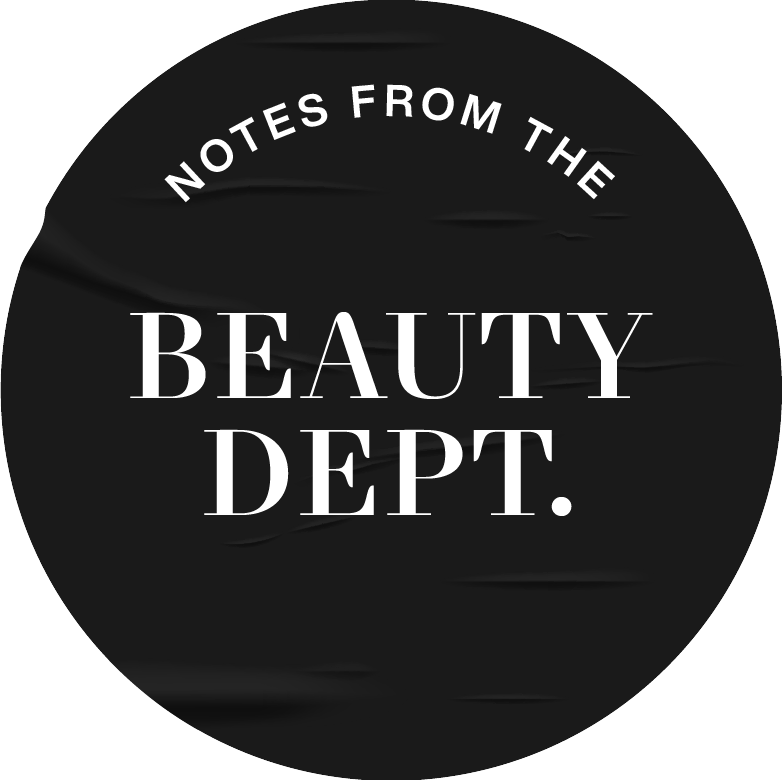The Problem with TikTok’s “Hot Girl” Videos

"Hearst Magazines and Yahoo may earn commission or revenue on some items through these links."

There’s a peculiar type of video trending on TikTok right now, which keeps getting served to me, and it’s focused on achieving hotness. The premise is simple: A gorgeous woman talks to the camera about her secret for “hot girl makeup,” her favorite accessories for her “hot girl walk,” or the places New York City “hot girls” are going for facials, green juices, and Pilates. There are hair transformations centered on unlocking the hottest version of yourself, more than one series about a mom trying to feel hot again, and something called #looksmaxxing—which I’ll explain in a second. Basically, what started in 2019 with Megan Thee Stallion’s “Hot Girl Summer”—a viral moment more focused on confidence and attitude than any particular aesthetic ideal—has evolved into an all-out obsession with looking hot. These videos keep being served to me on my FYP because, well, I keep watching them. I can understand their appeal and sympathize with the comments, even if, at nearly 33, I know better.
So many of us are introduced to the transformational powers of beauty at the same moment teen insecurities begin to strike. I grew up in South Florida, with 2b frizz-prone hair that loathes humidity. This was the early ’00s, and I more closely resembled Mia Thermopolis’s before picture than Britney Spears. I spent my teen years worrying about whether I would ever qualify as “hot,” because magazines (oops!) and websites (like Mark Zuckerberg’s original Facebook concept) often pushed the black-and-white mindset that you were either hot … or you were not. But I was also slowly learning that there were so many other things a person could aspire to be: cool, cute, smart, interesting, pretty, and chic, to name a few. I don’t think I’m alone in harboring complicated feelings about the pursuit of hotness.
What these “hot girl” videos stir up is negative self-talk from decades past that I thought I had dealt with. Looksmaxxing, which I mentioned earlier, is particularly alluring, as it’s all about “maxing out” your existing features with minor tweaks and changes—like growing your hair long or swapping to glasses with different frames. Online, young adults can submit selfies to be #lookmaxxed using AI or Photoshop, so they can see what they’d look like in hotter form. Do you really want to know all the specific physical traits of your face that strangers wish they could change? As a beauty director, I’ve already tried Botox and fillers and lasers and so much more—but these videos have me wondering: What if I got hair extensions? What if I started getting spray tans? What if I tried a Botox lip flip? I recently started Googling the cost of moderate breast implants and AirSculpt fat removal. What if? Honestly, it’s all so exhausting. Is chasing hotness worth this much upkeep and upheaval?
These “hot girl” videos aren’t talking to me, a 30-something. They’re talking to me, age 11, crying in the mirror as I attach my dental headgear with colorful rubber bands at a friend’s sleepover. This content chips away at my armor of confidence, a flashy attempt to rewrite my headcanon about who I am and how others perceive me. I can only imagine how the overuse of the word hot and the proliferation of videos focused on “acceptable” aesthetics is landing on girls and women younger than me.
Hotness is centered around physical desirability to others, usually of the opposite sex. So it’s no surprise this content promotes an all-too-narrow ideal of beauty, one that values sex appeal over self-expression. You rarely see so much as a bob haircut in these “how to be hot” videos, let alone any nontraditional color, piercing, tattoo, or facet of personal style that speaks to an individual identity. The subtext of so many of these videos is that being thin equals being hot—a tenet I learned was false when dieting for my wedding earned me little more than protruding bones and insatiable hunger.
These TikToks make it look so easy: If you’d just spend the money on a few Pilates classes, a cute workout set, the right coffee, eyeliner, water bottle, and lip plumper, you too could join the ranks of hot girls everywhere. The reality is never that simple. Hotness as it is defined here is exclusionary, an expensive moving target of external validation. One could spend hundreds of hours following the advice in these videos only to discover the hot girls have moved on to something else.
I’m tired of pretending this type of TikTok content, focused entirely on achieving hotness via consumerism, is any better than the “Hot or Not?” pages from 2000s magazines. It’s just as insidious—and with a comment section, maybe even worse. After initially falling down the rabbit hole of “hot girl” videos, I have learned some restraint. If I do engage with one that irks me, I recall my favorite mantra, from actress Jemima Kirke: “I think you guys might be thinking about yourselves too much.” I consider leaving the quote as a comment on the video before scrolling on.
You Might Also Like

